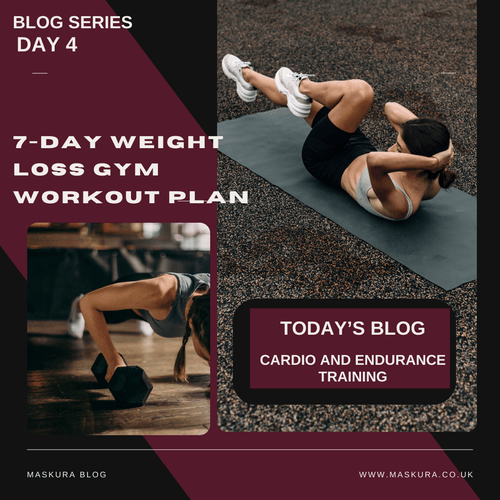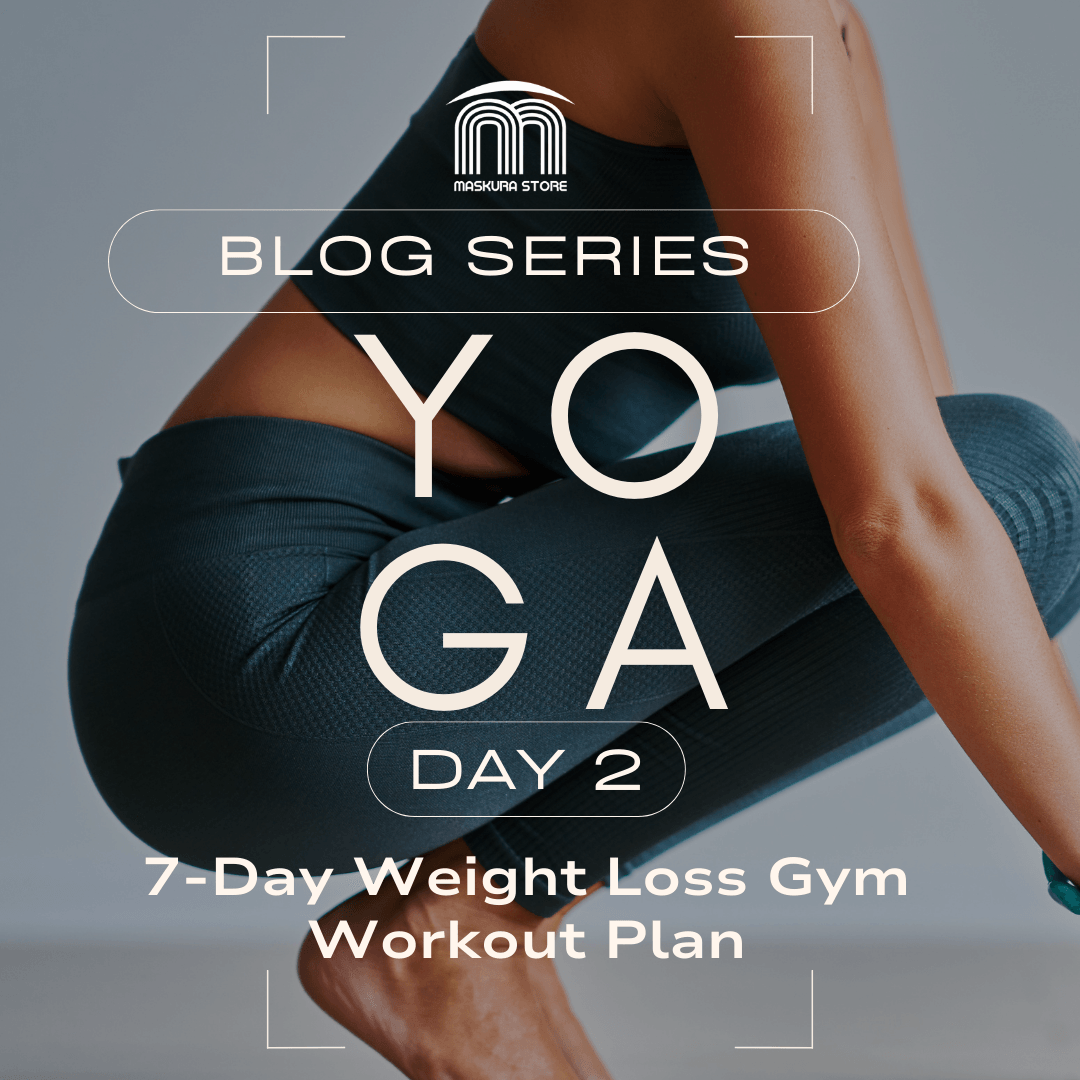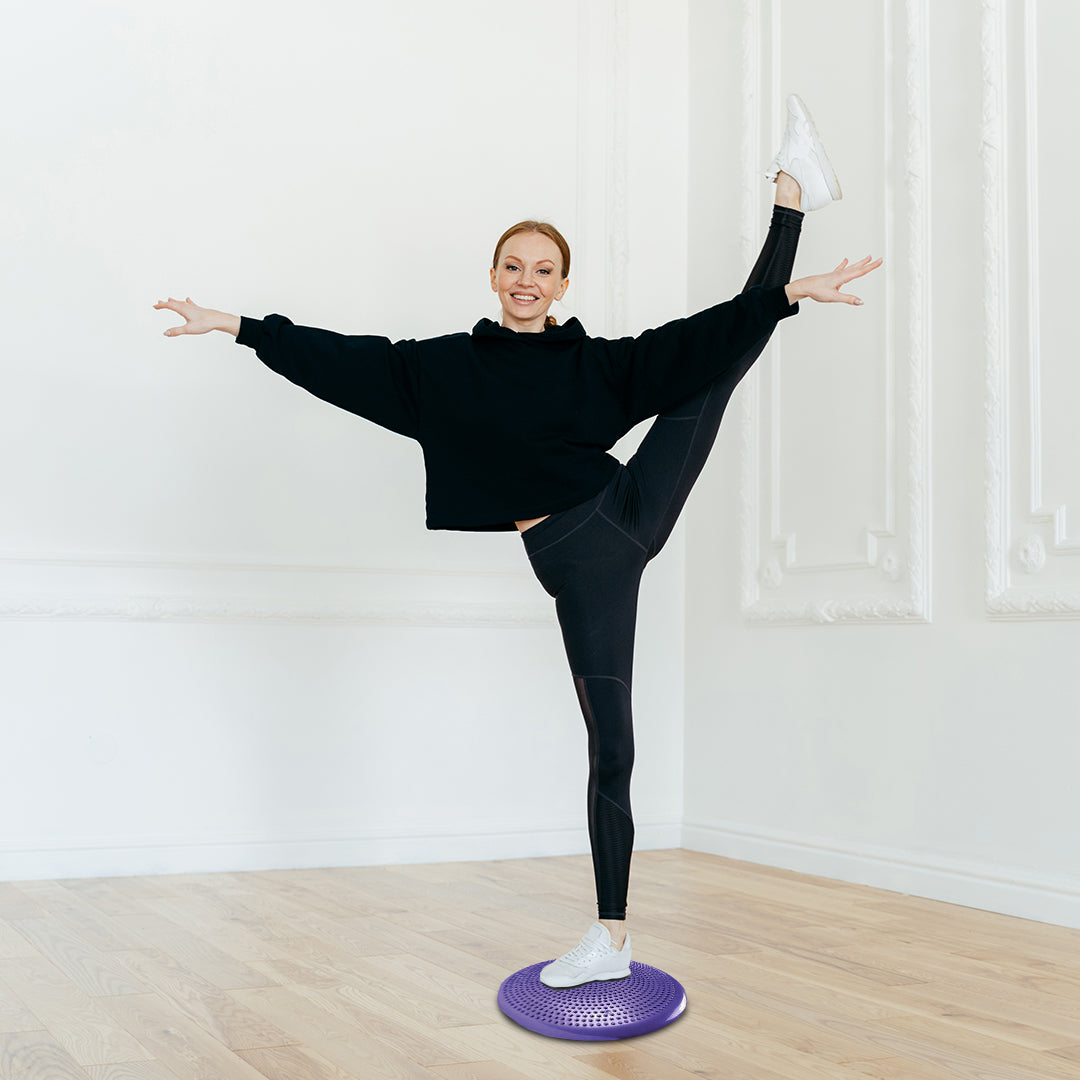Introduction
Welcome to Day 3 of your 7-Day Weight Loss Gym Workout Plan. After easing into your journey with HIIT and yoga, it’s time to focus on full-body strength training. Today’s workout will target all major muscle groups, increase your metabolism, and continue to burn fat.
Strength training is crucial for weight loss because muscle burns more calories than fat, even at rest. By building lean muscle mass, you’ll be able to boost your metabolism and burn calories throughout the day. This full-body routine will not only tone your muscles but also increase your strength, endurance, and overall fitness level.
Let’s dive into this strength training workout of the 7-Day Weight Loss Gym Workout Plan that will push you to new heights on your weight loss journey!
The Importance of Strength Training for Weight Loss

1. Boosts Metabolism
Building muscle through strength training has a direct impact on your metabolism. Unlike fat, muscle tissue is metabolically active, meaning it burns more calories even when you’re resting. The more muscle you build, the more calories your body will burn throughout the day, contributing to long-term weight loss.
2. Burns Fat Efficiently
Strength training doesn’t just build muscle; it also helps burn fat by creating an "afterburn" effect. This effect, known as excess post-exercise oxygen consumption (EPOC), means your body continues to burn calories long after your workout is finished, accelerating fat loss.
3. Improves Body Composition
While cardio burns calories, strength training improves body composition by increasing lean muscle mass and decreasing fat mass. A toned, muscular physique can improve your overall appearance and keep you healthier in the long run.
4. Increases Functional Strength
Full-body strength training mimics everyday movements, improving your functional strength and making daily tasks easier. It enhances your core stability, balance, and coordination, which are essential for overall health and fitness.
5. Builds Confidence and Mental Strength
There’s something incredibly empowering about lifting weights and seeing yourself get stronger. As you progress in strength training, you’ll not only notice physical changes but also build mental resilience, boosting your confidence and motivation.
Day 3: Full Body Strength Training Routine
Overview of the Routine
- Total Duration: 45-60 minutes
- Focus: Building lean muscle mass, burning fat, and boosting metabolism
- Equipment: Dumbbells, barbell, kettlebell, resistance bands, and a gym bench (or at-home alternatives)
- Structure: A mix of compound and isolation exercises, alternating between upper and lower body to maximize efficiency
Routine Structure-7-Day Weight Loss Gym Workout Plan:
- Warm-Up (5 minutes)
- Strength Training Circuits (40-45 minutes)
- 3 Circuits (5-6 exercises per circuit)
- Cool Down and Stretching (5-10 minutes)

1. Warm-Up (5 Minutes)
Before jumping into strength training, it’s crucial to warm up your muscles and get your heart rate up. This will help prevent injury and prepare your body for the workout ahead.
Warm-Up Routine:
- Jumping Jacks – 1 Minute
- A classic warm-up move to get your heart pumping and your body ready to work.
- Arm Circles – 1 Minute
- Extend your arms out to your sides and make small, controlled circles for 30 seconds, then reverse for another 30 seconds. This will loosen up your shoulders and arms.
- Leg Swings – 1 Minute
- Stand next to a wall or hold onto a sturdy surface. Swing one leg forward and backward, then switch sides. This dynamic stretch helps warm up your hip flexors and hamstrings.
- Bodyweight Squats – 1 Minute
- Stand with your feet shoulder-width apart, then lower into a squat position, keeping your chest up. This move warms up your legs, glutes, and core.
- High Knees – 1 Minute
- Jog in place while bringing your knees up to waist level. This movement activates your core and lower body while increasing your heart rate.
Tip: Take deep breaths during your warm-up and focus on controlled movements to activate your muscles properly.
2. Strength Training Circuits (40-45 Minutes)
The strength training portion consists of 3 circuits, each targeting different muscle groups. These circuits use a combination of compound exercises (which work multiple muscle groups) and isolation exercises (which target specific muscles). You’ll perform each circuit in a superset style, completing all exercises in the circuit before resting.

Circuit 1: Upper Body Push & Pull (Chest, Shoulders, Back)
1. Barbell Bench Press (Chest) – 3 Sets of 10-12 Reps
- How to Perform: Lie on a flat bench with your feet firmly on the ground. Grip the barbell with your hands slightly wider than shoulder-width. Lower the bar to your chest, then push it back up.
- Benefits: Builds strength in your chest, shoulders, and triceps.
2. Dumbbell Shoulder Press (Shoulders) – 3 Sets of 10-12 Reps
- How to Perform: Sit on a bench with your back straight and hold a dumbbell in each hand at shoulder height. Press the dumbbells overhead, then lower them back to the starting position.
- Benefits: Strengthens the shoulders, improving posture and upper body power.

3. Bent-Over Row (Back) – 3 Sets of 10-12 Reps
- How to Perform: Hold a barbell or dumbbell with an overhand grip. Bend at your hips while keeping your back flat, then pull the weights toward your torso, squeezing your shoulder blades together at the top.
- Benefits: Targets the upper back, improving posture and back strength.
4. Push-Ups (Chest, Triceps) – 3 Sets of 15-20 Reps
- How to Perform: Start in a plank position with your hands slightly wider than shoulder-width apart. Lower your chest to the ground, then push yourself back up.
- Benefits: Engages the chest, shoulders, and triceps while also activating your core.
5. Lat Pulldown (Back) – 3 Sets of 10-12 Reps
- How to Perform: Sit at a lat pulldown machine and grab the bar with a wide grip. Pull the bar down toward your chest, squeezing your back muscles, then slowly return to the starting position.
- Benefits: Targets the latissimus dorsi (lats), which gives your back that V-shape.
Rest for 1-2 minutes after completing all 5 exercises before moving to Circuit 2.
Circuit 2: Lower Body Strength (Legs, Glutes, Hamstrings)
1. Barbell Squats (Quads, Glutes) – 3 Sets of 10-12 Reps
- How to Perform: Stand with your feet shoulder-width apart, holding a barbell across your upper back. Lower your body into a squat position, keeping your chest up and your knees behind your toes. Push back up to the starting position.
- Benefits: Targets the quads, hamstrings, and glutes, building lower body strength and power.
2. Deadlifts (Hamstrings, Glutes) – 3 Sets of 10-12 Reps
- How to Perform: Stand with your feet hip-width apart, holding a barbell in front of your thighs. Hinge at your hips and lower the bar down your legs while keeping your back flat. Return to standing by driving through your heels.
- Benefits: Strengthens the hamstrings, glutes, and lower back, improving posterior chain strength.

3. Walking Lunges (Quads, Glutes) – 3 Sets of 12-15 Reps per Leg
- How to Perform: Stand with your feet together, then take a big step forward with your right leg, lowering into a lunge. Push off with your back foot and step forward with your left leg. Alternate legs as you move forward.
- Benefits: Targets the quads, glutes, and calves while improving balance and coordination.
4. Step-Ups (Quads, Glutes) – 3 Sets of 12 Reps per Leg
- How to Perform: Stand in front of a bench or box and place your right foot on the surface. Push through your right heel to lift your body up onto the bench, then step back down and repeat on the other leg.
- Benefits: Builds lower body strength, particularly in the quads and glutes.
5. Glute Bridge (Glutes, Hamstrings) – 3 Sets of 15-20 Reps
- How to Perform: Lie on your back with your knees bent and feet flat on the floor. Lift your hips toward the ceiling, squeezing your glutes at the top, then lower back down.
- Benefits: Isolates the glutes and hamstrings, improving lower body strength and stability.
Rest for 1-2 minutes after completing all 5 exercises before moving to Circuit 3.
Circuit 3: Core Strength and Stability
1. Plank (Core) – 3 Sets of 30-60 Seconds
- How to Perform: Start in a forearm plank position with your body in a straight line from head to heels. Engage your core and hold the position for 30-60 seconds.
- Benefits: Strengthens the core, lower back, and shoulders, improving overall stability.

2. Russian Twists (Obliques) – 3 Sets of 15-20 Reps per Side
- How to Perform: Sit on the floor with your knees bent and feet lifted slightly off the ground. Hold a weight or medicine ball with both hands and twist your torso to the right, then to the left, engaging your obliques.
- Benefits: Targets the obliques and helps build a strong, defined waistline.
3. Leg Raises (Lower Abs) – 3 Sets of 15 Reps
- How to Perform: Lie on your back with your legs extended. Lift your legs up toward the ceiling, keeping them straight, then lower them back down without touching the ground.
- Benefits: Strengthens the lower abdominal muscles and improves core stability.
4. Bicycle Crunches (Core, Obliques) – 3 Sets of 20 Reps per Side
- How to Perform: Lie on your back with your hands behind your head and your knees bent. Bring one elbow toward the opposite knee while extending the other leg, alternating sides in a pedaling motion.
- Benefits: Engages the entire core, including the upper abs and obliques.
Rest for 1-2 minutes after completing all 4 exercises.
3. Cool Down and Stretching (5-10 Minutes)
Cooling down is essential to gradually lower your heart rate and stretch the muscles you’ve worked. This reduces soreness and promotes flexibility.

Cool Down Routine:
- Standing Quad Stretch: Hold your right ankle behind you and pull it toward your glutes. Hold for 30 seconds, then switch sides.
- Hamstring Stretch: Sit on the floor with one leg extended and reach for your toes. Hold for 30 seconds, then switch legs.
- Chest Stretch: Stand in a doorway and place your arm against the doorframe at a 90-degree angle. Step forward to stretch your chest. Hold for 30 seconds on each side.
- Child’s Pose: Kneel on the floor, sit back on your heels, and stretch your arms forward. Hold for 1-2 minutes.
Conclusion
Congratulations on completing Day 3 of your 7-Day Weight Loss Gym Workout Plan! Today’s full-body strength training session focused on building lean muscle, burning fat, and boosting your metabolism. Incorporating these exercises into your routine will not only help you lose weight but also improve your overall strength and fitness.
Stay hydrated, fuel your body with nutrient-rich foods, and get plenty of rest tonight. Tomorrow’s workout will focus on cardio and endurance, so prepare yourself for an energetic and calorie-burning session!
Stay strong and keep pushing forward on your fitness journey!
Ready for Day 4? Get ready for an intense cardio session to accelerate fat loss and improve endurance!
Disclaimer: This blog is intended for informational purposes only and is not a substitute for professional medical advice. Also, Always consult with a healthcare provider before starting any new fitness or nutrition program.

Frequently Asked Questions (FAQs)
1. Why is full-body strength training effective for weight loss?
Full-body workouts target multiple muscle groups, burning more calories and increasing muscle mass, which boosts metabolism and supports fat loss.
2. How often should I do full-body strength training?
For optimal results, aim for 2-3 times a week, allowing for rest days in between to promote muscle recovery and prevent overtraining.
3. Can beginners follow this workout?
Yes! Beginners should start with lighter weights or bodyweight exercises and focus on proper form before increasing intensity.
4. Should I combine cardio with strength training?
Yes, combining cardio and strength training helps burn more calories during the workout and boosts fat loss while building muscle.
5. How can I track progress with strength training?
Track progress by logging weights, sets, and reps, monitoring body measurements, and taking progress photos over time.
6. What should I eat before and after strength training?
Before: Focus on carbs and protein (e.g., oatmeal, banana with peanut butter).After: Eat protein and carbs to repair muscles (e.g., chicken with rice, protein smoothie).
Connect with Us
- Facebook: Maskura
-
Instagram:
maskura_official
- Pinterest: maskura_official
- Email: customer.support@maskura.com
Subscribe to our newsletter for the latest updates, fitness tips, and exclusive content delivered straight to your inbox!





